Related Research Articles

The Ames Research Center (ARC), also known as NASA Ames, is a major NASA research center at Moffett Federal Airfield in California's Silicon Valley. It was founded in 1939 as the second National Advisory Committee for Aeronautics (NACA) laboratory. That agency was dissolved and its assets and personnel transferred to the newly created National Aeronautics and Space Administration (NASA) on October 1, 1958. NASA Ames is named in honor of Joseph Sweetman Ames, a physicist and one of the founding members of NACA. At last estimate NASA Ames had over US$3 billion in capital equipment, 2,300 research personnel and a US$860 million annual budget.

Moffett Federal Airfield, also known as Moffett Field, is a joint civil-military airport located in an unincorporated part of Santa Clara County, California, United States, between northern Mountain View and northern Sunnyvale. On November 10, 2014, NASA announced that it would be leasing 1,000 acres (400 ha) of the airfield property to Google for 60 years.

The National Advisory Committee for Aeronautics (NACA) was a United States federal agency founded on March 3, 1915, to undertake, promote, and institutionalize aeronautical research. On October 1, 1958, the agency was dissolved and its assets and personnel were transferred to the newly created National Aeronautics and Space Administration (NASA). NACA is an initialism, i.e., pronounced as individual letters, rather than as a whole word.

The NASA Neil A. Armstrong Flight Research Center (AFRC) is an aeronautical research center operated by NASA. Its primary campus is located inside Edwards Air Force Base in California and is considered NASA's premier site for aeronautical research. AFRC operates some of the most advanced aircraft in the world and is known for many aviation firsts, including supporting the first crewed airplane to exceed the speed of sound in level flight, highest speed by a crewed, powered aircraft, the first pure digital fly-by-wire aircraft, and many others. AFRC operates a second site next to Air Force Plant 42 in Palmdale, California, known as Building 703, once the former Rockwell International/North American Aviation production facility. There, AFRC houses and operates several of NASA's Science Mission Directorate aircraft including SOFIA, a DC-8 Flying Laboratory, a Gulfstream C-20A UAVSAR and ER-2 High Altitude Platform. As of 2023, Bradley Flick is the center's director.
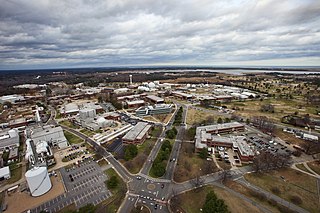
The Langley Research Center, located in Hampton, Virginia near the Chesapeake Bay front of Langley Air Force Base, is the oldest of NASA's field centers. LaRC has focused primarily on aeronautical research but has also tested space hardware such as the Apollo Lunar Module. In addition, many of the earliest high-profile space missions were planned and designed on-site. Langley was also considered a potential site for NASA's Manned Spacecraft Center prior to the eventual selection of Houston, Texas.
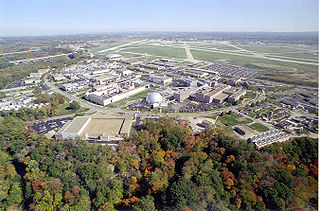
NASA John H. Glenn Research Center at Lewis Field is a NASA center within the cities of Brook Park and Cleveland between Cleveland Hopkins International Airport and the Rocky River Reservation of Cleveland Metroparks, with a subsidiary facility in Sandusky, Ohio. Its director is James A. Kenyon. Glenn Research Center is one of ten major NASA facilities, whose primary mission is to develop science and technology for use in aeronautics and space. As of May 2012, it employed about 1,650 civil servants and 1,850 support contractors on or near its site.
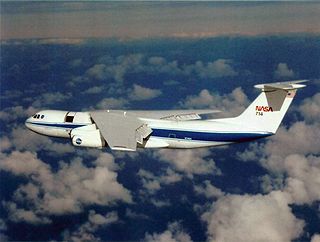
The Gerard P. Kuiper Airborne Observatory (KAO) was a national facility operated by NASA to support research in infrared astronomy. The observation platform was a highly modified Lockheed C-141A Starlifter jet transport aircraft with a range of 6,000 nautical miles (11,000 km), capable of conducting research operations at altitudes of up to 48,000 feet (14 km).

The Stratospheric Observatory For Infrared Astronomy (SOFIA) was a 80/20 joint project of NASA and the German Aerospace Center (DLR) to construct and maintain an airborne observatory. NASA awarded the contract for the development of the aircraft, operation of the observatory and management of the American part of the project to the Universities Space Research Association (USRA) in 1996. The DSI managed the German parts of the project which were primarily science-and telescope-related. SOFIA's telescope saw first light on May 26, 2010. SOFIA was the successor to the Kuiper Airborne Observatory. During 10-hour, overnight flights, it observed celestial magnetic fields, star-forming regions, comets, nebulae, and the Galactic Center.

Robert T. Jones,, was an American aerodynamicist and aeronautical engineer for NACA and later NASA. He was known at NASA as "one of the premier aeronautical engineers of the twentieth century".
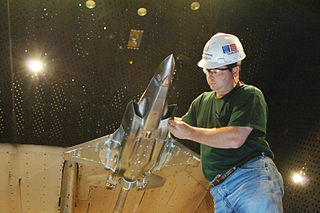
The Arnold Engineering Development Complex (AEDC), Arnold Engineering Development Center before July 2012, is an Air Force Materiel Command facility under the control of the Air Force Test Center (AFTC). Named for General Henry "Hap" Arnold, the father of the U.S. Air Force, AEDC is the most advanced and largest complex of flight simulation test facilities in the world.
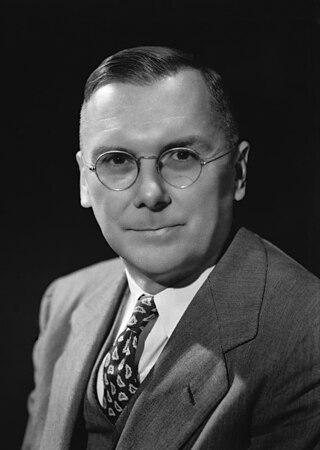
Hugh Latimer Dryden was an American aeronautical scientist and civil servant. He served as NASA Deputy Administrator from August 19, 1958, until his death.

Abraham "Abe" Silverstein was an American engineer who played an important part in the United States space program. He was a longtime manager at the National Aeronautics and Space Administration (NASA) and its predecessor, the National Advisory Committee for Aeronautics (NACA). He was instrumental in the planning of the Apollo, Ranger, Mariner, Surveyor, and Voyager missions, and named the Apollo program after the Greek and Roman God.

The Bell XV-3 is an American tiltrotor aircraft developed by Bell Helicopter for a joint research program between the United States Air Force and the United States Army in order to explore convertiplane technologies. The XV-3 featured an engine mounted in the fuselage with driveshafts transferring power to two-bladed rotor assemblies mounted on the wingtips. The wingtip rotor assemblies were mounted to tilt 90 degrees from vertical to horizontal, designed to allow the XV-3 to take off and land like a helicopter but fly at faster airspeeds, similar to a conventional fixed-wing aircraft.
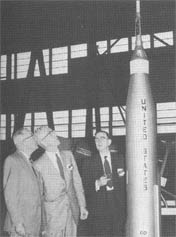
Ira H. Abbott was an American aerospace engineer. After graduating from MIT, Abbott started working for Langley Aeronautical Laboratory in 1929. He contributed significantly to the establishment of high-speed research programs and published numerous technical reports on aerodynamics. He eventually attained the post of assistant chief of research at Langley in 1945.
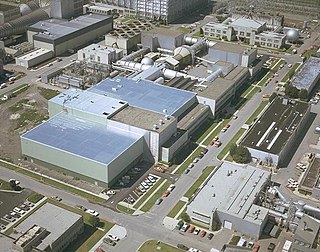
The Unitary Plan Wind Tunnel, located at the NASA Ames Research Center in Moffett Federal Airfield, Mountain View, California, United States, is a research facility used extensively to design and test new generations of aircraft, both commercial and military, as well as NASA space vehicles, including the Space Shuttle. The facility was completed in 1955 and is one of five facilities created after the 1949 Unitary Plan Act supporting aeronautics research.

Clarence A. "Sy" Syvertson (1926-2010) was the Center Director of the Ames Research Center of the National Aeronautics and Space Administration, located at Moffett Field, California.
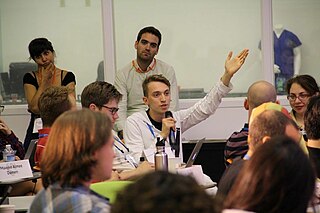
NASA Research Park is a research facility under the auspices of NASA located in San Jose, California. It is focused on fostering collaboration among government entities and academic institutions.
There are NASA facilities across the United States and around the world. NASA Headquarters in Washington, DC provides overall guidance and political leadership to the agency. There are 10 NASA field centers, which provide leadership for and execution of NASA's work. All other facilities fall under the leadership of at least one of these field centers. Some facilities serve more than one application for historic or administrative reasons. NASA has used or supported various observatories and telescopes, and an example of this is the NASA Infrared Telescope Facility. In 2013 a NASA Office of the Inspector General's (OIG) Report recommended a Base Realignment and Closure Commission (BRAC) style organization to consolidate NASA's little used facilities. The OIG determined at least 33 of NASA's 155 facilities were underutilized.

Lewis August Rodert (1906–1973) of the National Advisory Committee for Aeronautics (NACA) was awarded the 1946 Collier Trophy for the design, development, and practical application of a thermal aircraft anti-icing system. NACA icing research leader from 1936 to 1945. Lew built his own de-icing systems on a Lockheed 12A and a Curtiss C-46 creating a flying de-ice laboratory.
References
- Citations
- ↑ "Arthur Byron Cook".
- ↑ NASA.gov
- ↑ Google Starting Construction on New Campus - WSJ.com. Online.wsj.com (2013-02-22). Retrieved on 2013-09-23.
- ↑ Exclusive Preview: Google’s New Built-from-Scratch Googleplex. Vanity Fair. Retrieved on 2013-09-23.
- Bibliography